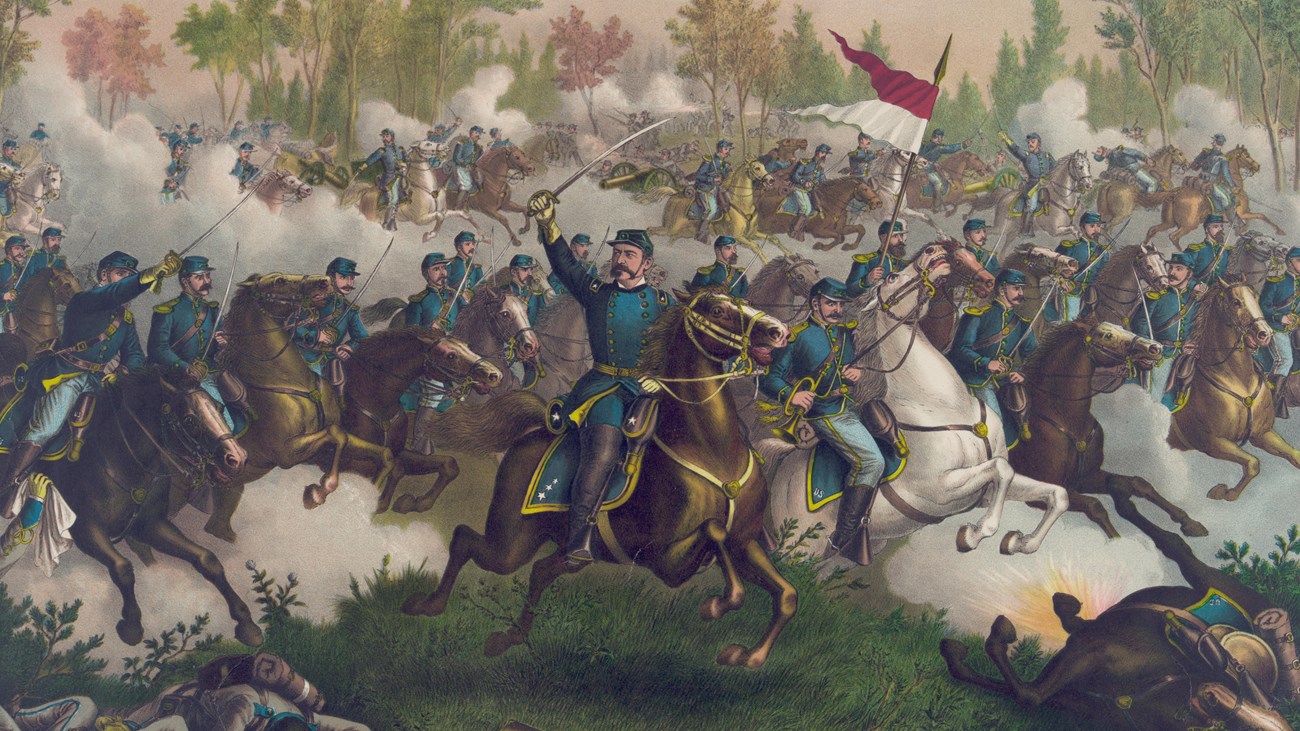
Battle of Cedar Creek
The Federal victory at Cedar Creek ended Confederate resistance in the Shenandoah Valley. Cedar Creek and Belle Grove National Historical Park preserves parts of the Shenandoah Valley's rich heritage: from Native Americans who first shaped the land, to pioneers of this frontier; this fertile area became one of the most important wheat producing regions of the entire South. The Shenandoah Valley also witnessed some of the most dramatic events of the Civil War, including the Battle of Cedar Creek, a decisive Federal victory on October 19, 1864. Articles Series |
Last updated: May 13, 2023
